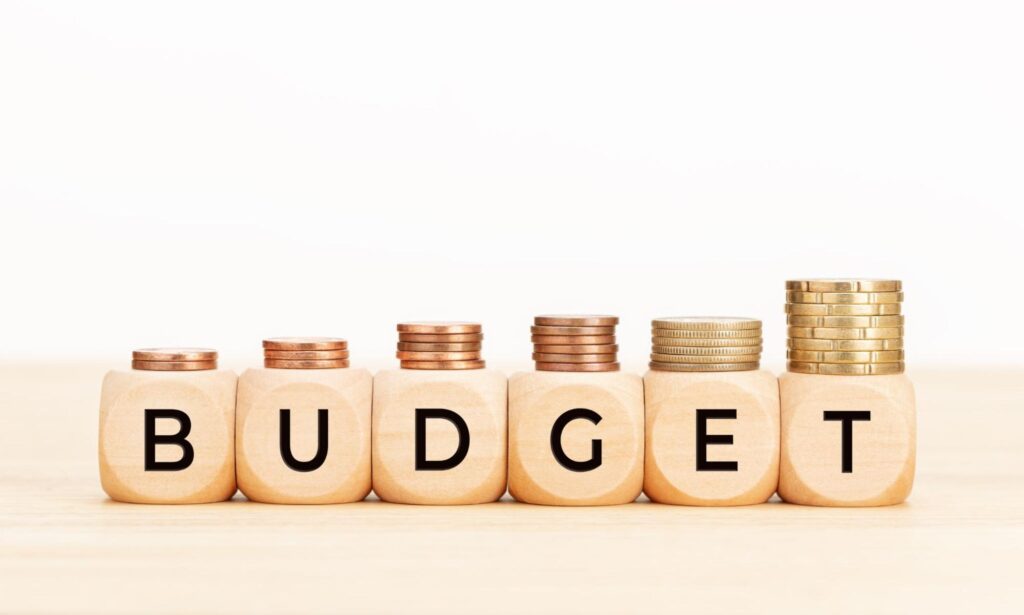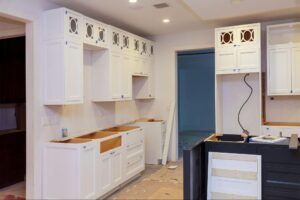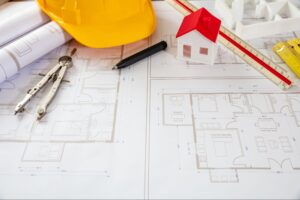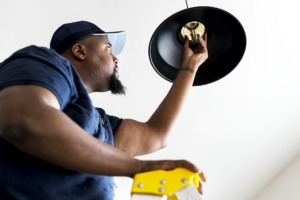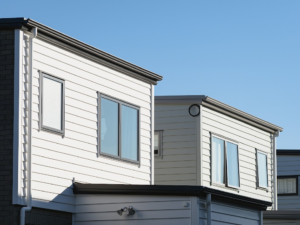A kitchen and bath remodel can significantly enhance the functionality and appeal of your home, but setting a realistic budget is crucial to the project’s success. Remodeling these spaces involves various costs, such as materials, labor, and potential unexpected expenses. Allocating funds wisely ensures you can make informed decisions and avoid financial strain. Upgrading outdated features or changing the layout requires careful planning to balance desires with practical considerations, all while staying within your budget.
Understanding the Scope of a Kitchen and Bath Remodel
A kitchen and bath remodel can vary in complexity, depending on the homeowner’s goals and needs. The size of the space, the extent of the changes, and the quality of materials all impact the final cost. A simple cosmetic update will have a different price tag than a complete renovation that alters the layout or structure. Before creating a budget, defining the project’s scope and how involved the remodel will be is essential.
Factors Influencing the Remodel Budget
The remodel budget is shaped by various variables influencing the scope and costs. These factors, including the space size, quality of materials, labor costs, extent of renovation, and location, all contribute to determining the final price tag. By understanding each of these, homeowners can make better decisions that keep the project on track financially.
Space Size
Larger spaces require more materials and labor, significantly increasing the overall cost. The amount of square footage directly impacts the number of materials and the necessary design and layout adjustments. A bigger kitchen or bathroom often comes with a higher price tag due to the expanded work involved.
Quality of Materials
Choosing materials—such as luxury countertops, custom cabinetry, or high-end flooring—can drastically affect the budget. Opting for premium materials might elevate the look and feel of your remodel but also drive up costs. More affordable alternatives can still provide excellent results while helping to stay within budget.
Labor Costs
Labor accounts for a significant portion of the remodeling budget. The expertise and hourly rate of professionals, such as contractors, plumbers, electricians, and designers, will vary by location and experience. More specialized or high-demand professionals can raise costs, so planning for this aspect of the project is essential.
Extent of Renovation
Minor renovations — like replacing fixtures or painting — tend to cost less than significant renovations involving structural changes, plumbing, or electrical work. A complete remodel that alters the layout or reconfigures plumbing and wiring will naturally require more time and resources. Determining the scope of the renovation is key to controlling costs.
Location
Where you live can impact the overall cost of a remodel. Remodeling costs are higher in metropolitan areas due to labor rates, material prices, and service demand. Conversely, rural areas may have lower costs but fewer options for suppliers and contractors, potentially leading to delays or additional fees.
Setting a Budget for Kitchen and Bath Remodel
Creating a realistic kitchen and bath remodel budget ensures the project stays on track and within financial limits. While getting carried away with design ideas is easy, managing costs helps avoid overspending. Proper planning allows for a balance between desired upgrades and practical expenditures.
Budget for Kitchen Remodel
The budget for a kitchen remodel can vary depending on the space size, materials, and scope of work. It’s important to factor in all aspects of the project to get an accurate estimate and prevent unexpected costs.
Cabinets and Countertops
Cabinets typically comprise 30-40% of the kitchen remodel budget, with costs ranging from $5,000 to $20,000, depending on the style and material. Custom cabinetry and high-end materials like granite or quartz will increase the price, while stock cabinets or laminate counters can keep costs down. Choosing affordable options without compromising quality is key to managing this cost.
Appliances
The cost of appliances can range from $2,000 to $10,000, depending on the brand and features selected. Mid-range options typically cost between $4,000 and $6,000 for a complete set of appliances, including a refrigerator, stove, and dishwasher. Energy-efficient and smart appliances may add to the cost but can save money in the long run by reducing utility bills.
Labor and Installation
Labor costs account for 20-35% of the total budget and can range from $6,000 to $15,000 for a typical kitchen remodel. This includes electricians, plumbers, and contractors who will be responsible for installation and any structural work. The more complex the remodel, such as reworking the plumbing or electrical systems, the higher the labor costs will be.
Flooring and Backsplashes
Flooring costs typically range from $2,000 to $5,000, depending on the material (tile, hardwood, or vinyl). More expensive materials, like hardwood or stone, will drive up costs, while budget-friendly options like vinyl or laminate can help keep the budget under control. Backslashes can add $500 to $2,500 depending on the material and design complexity, with custom tiles being the most expensive.
Budget for Bathroom Remodel
A bathroom remodel requires a well-planned budget to cover the costs of new fixtures, plumbing, and labor. Budgeting carefully ensures that you can achieve your desired result without overspending.
Vanities and Cabinets
Bathroom vanities range from $500 to $5,000, depending on the quality and customization level. Stock or prefab options are typically less expensive, while custom woodwork or high-end materials can increase prices. The vanity should be functional and aesthetic, and finding a balance between the two can help maintain a realistic budget.
Plumbing and Fixtures
Replacing plumbing fixtures such as faucets, showerheads, toilets, and bathtubs can cost between $1,500 and $5,000. High-end fixtures like luxury shower systems or eco-friendly toilets will add to the cost, while basic models are more budget-friendly. It’s important to select fixtures that balance quality, functionality, and aesthetics while staying within your financial limits.
Flooring and Tiling
Depending on the material and size of the bathroom, flooring and tiling costs can range from $1,500 to $3,500. Tile can cost anywhere from two dollars to $20 per square foot, and the total cost will depend on the complexity of the design and installation. More intricate tile work or premium materials like marble will increase the overall cost, while simpler options like vinyl can save money.
Labor Costs
Depending on the project’s complexity, labor costs for a bathroom remodel can range from $3,000 to $10,000. It includes the installation of plumbing, electrical work, tiling, and other specialized tasks. The more detailed the remodel, such as moving plumbing fixtures or installing custom elements, the higher the labor cost.
Creating a Budget for Your Dream Kitchen and Bathroom
A successful kitchen and bath remodel begins with a realistic budget that aligns with your goals and available resources. Prioritize your needs and allocate funds based on the complexity of the remodel. Be sure to account for both expected and unexpected costs, ensuring you have flexibility for surprises during the project. Maintaining a clear vision of what you want to achieve while staying within financial limits will help you make informed decisions throughout the remodel.
Make your kitchen and bath remodel a success by exploring our Build All Construction Inc. blog.

